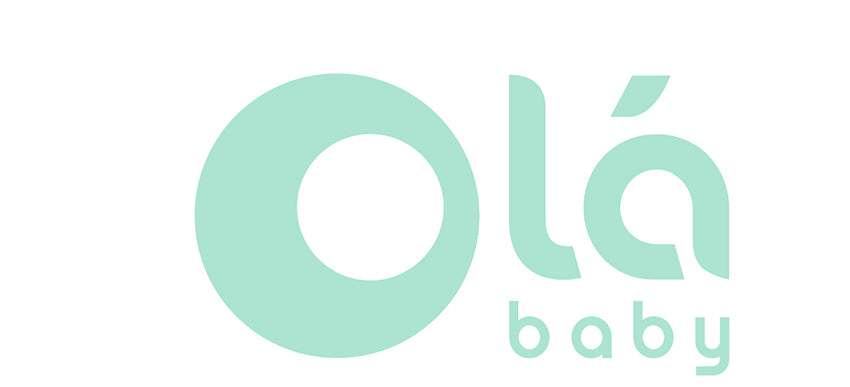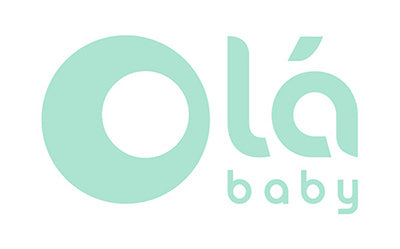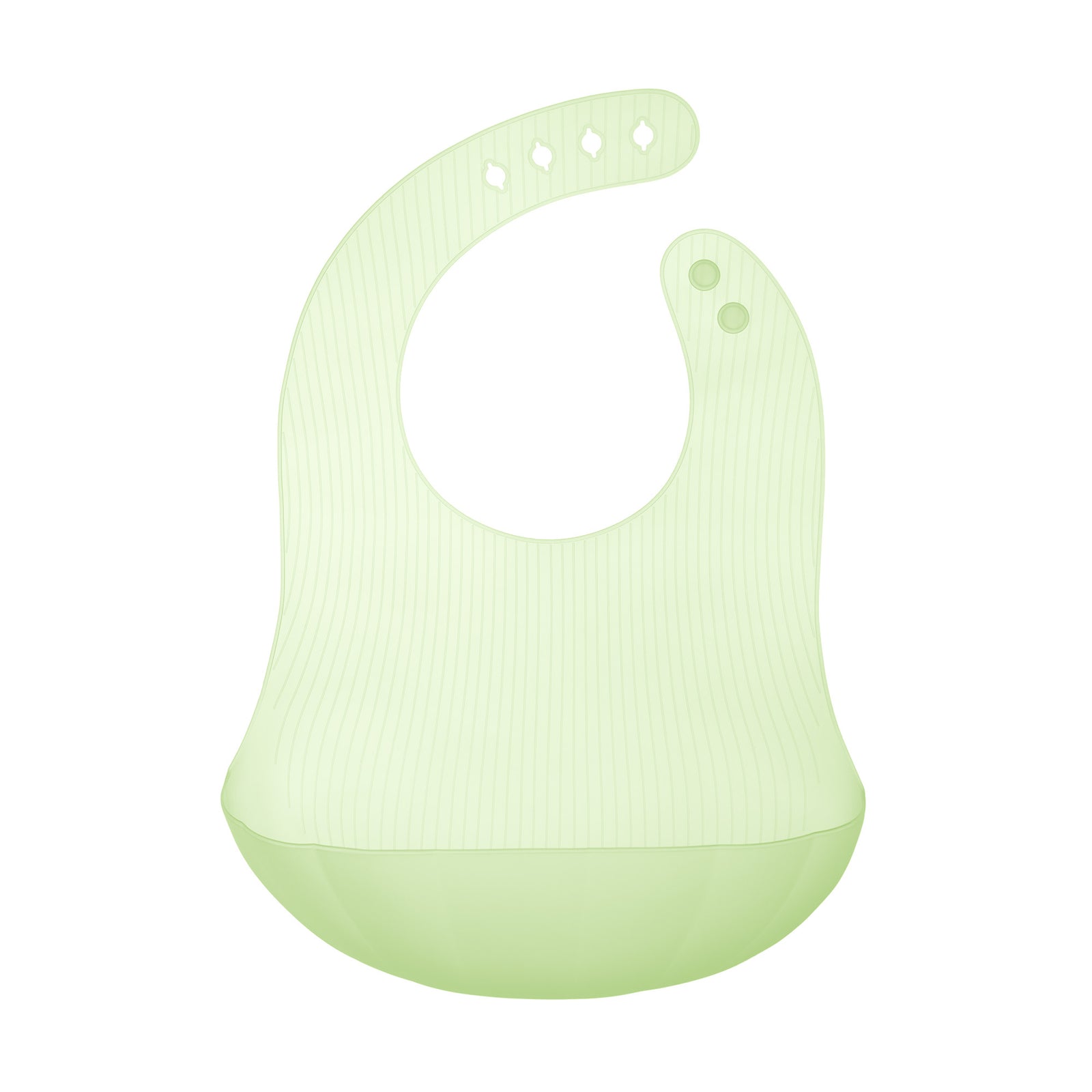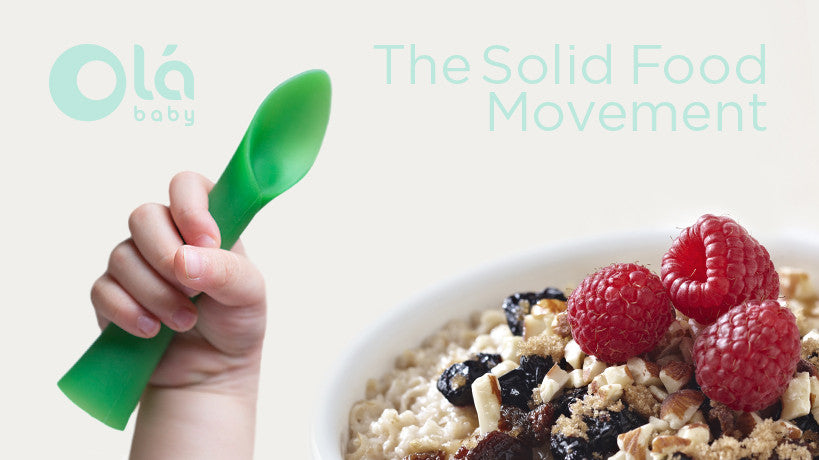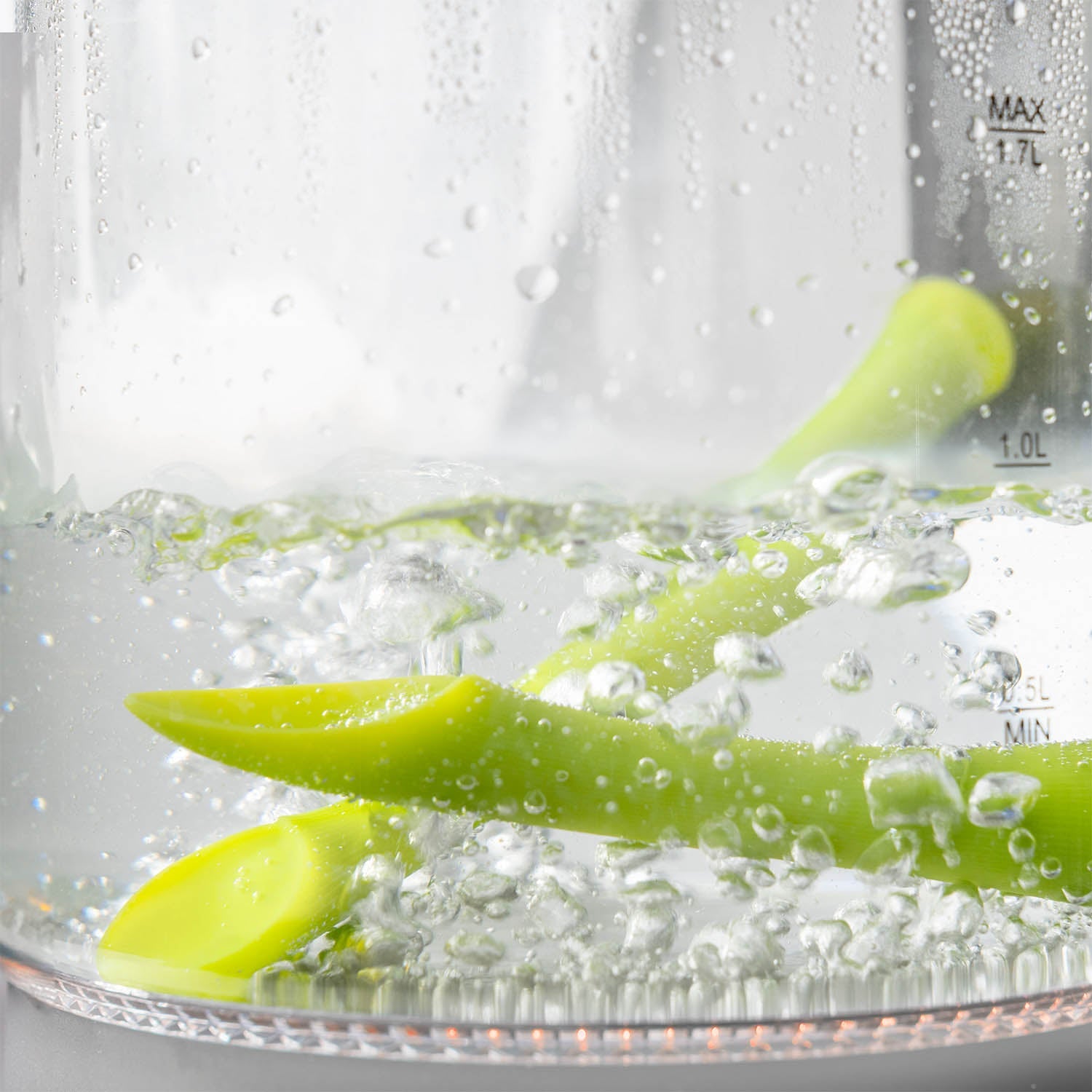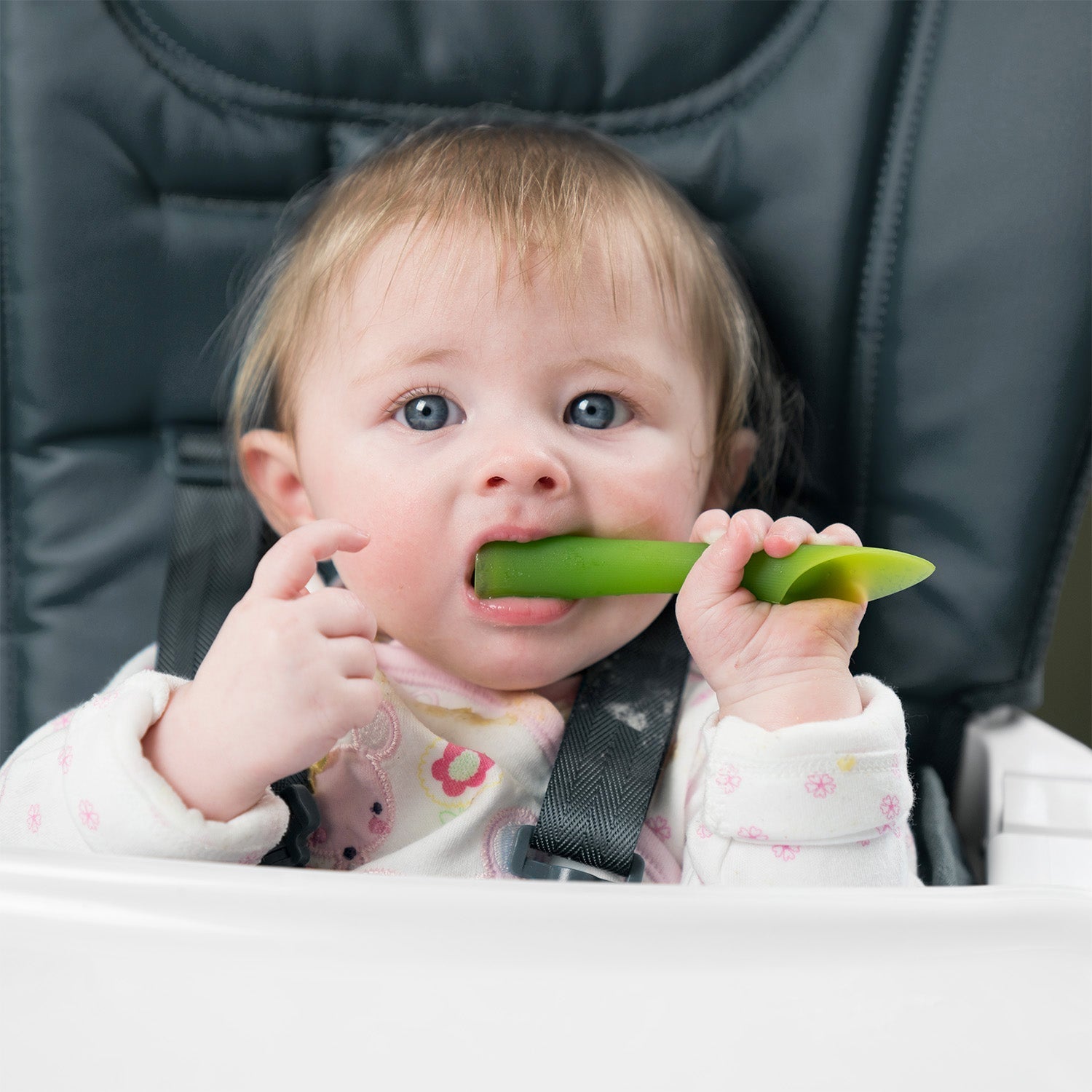Food is an essential part of life. It’s also an important part of staying happy if you love eating as much as we do! Although eating now seems like a mindless task, we all had to learn how to eat at one point in our lives. Moving from breast milk to solid food is a daunting task for any parent. However, the process of teaching your child to eat is extremely meaningful and special. Of all the jobs a parent has, none compare to the most important, keeping your child healthy.

Food is an integral part of this mission. Your baby has to eat, and while breast-feeding has its own challenges, introducing solid food has become quite the topic of conversation among parents and professionals alike. It is important to learn from many different sources so you can be prepared for anything your baby throws at you (literally and figuratively). Here is the list we have comprised to help you prepare for whatever comes your way.
- Let’s start withwhen to begin feeding your baby solid food. Many believe the correct age to be 4-6 months, however it is important to remember that not all children are ready at this age. While this age range tends to match up with the physical signs of readiness, you should not begin feeding your baby on its 4-month birthday. The physical signs are much more telling than a baby’s age. For instance, the act of using one’s tongue to bring food to the back of the mouth instead of forcing it out may be one of the strongest indicators that your baby is ready for solid food. Use of the tongue is key because it demonstrates the ability to control what goes into their mouths. They should be able to take the food in their mouth, bring it to the back and then swallow. This is one of the key physical tells that your baby is ready for solid food.
- Another key indicator is that your baby can sit up on his or her own. Holding one’s head up is a strong indicator of physical development, so if their head still needs to be supported, they are not ready for solid food. Remember, all babies develop at different ages and levels, so do not force the feeding of solid food if they are not physically ready. Once ready, you can start by having baby sit on his or her own at dinner time, and pay attention for more signs such as, grasping food items between thumb and index finger. Also, if your baby shows an interest in your food and is reaching for it, you may be able to start giving them a baby-safe spoon here or there with appropriate foods. Again, all of this in moderation, slow and steady in those first moments of feeding
- The act of being full is something that your baby will be getting used to over the years, however, baby needs to learn how it feels to be full and how to communicate it. The more your baby eats, the more experience it gains. A baby does not understand the concept of being full but they can feel it. Once they can show they are full, you can start thinking about solid foods. The tell-tale sign of this can be turning away from breast milk or the bottle and refusing the food while being fed. Once you notice this happening, feed them a teaspoon of pureed food so they can get a start.
- If your baby can close his or her mouth around the spoon and remove the food on it, then you’ll know it’s time to start practicing spoon feeding. Little by little, create a routine where a couple times a day you are feeding them a few tablespoons of solid food. This will act as eating lessons for your baby. Once these lessons begin, it is time to pay attention to new challenges that come with regular solid food feeding.
- Now that you are at the solid food stage it’s time to think about some best practices. When first bringing solid food into the mix, it is key to take baby steps (pun intended). Start with 1-2 tablespoons as a tester to see if your baby is ready. Once comfortable eating this amount you can up it to about 2-3 meals per day each consisting of 1-2 tablespoons worth of food. It is best to monitor how your child is responding. If they are eating the food with ease and visibly show you they want more, indulge them. On the other hand, if they are reacting negatively take a break and start again another day. As they get older you will slowly give them more and more solid food while still supplementing them with breast milk in between meals.
- As far as best foods to start with, most suggest warm cereal or pureed fruits and vegetables. It is all about nutrition and routine at this point. You want your baby to become used to eating solid foods, and be well nourished. Warm cereal is a great way to introduce solid food and is easy for babies to handle. Pureed fruits and veggies are also a great way to introduce new flavors and vitamins to your baby while also teaching them to enjoy solid food. It is key to avoid any foods that could be choking hazards such as nuts, raisins, and peanut butter. First they need to master pureed and soft foods before they can move on to the more advanced food groups.
- Tools of the trade are key when feeding your baby. The most important tool is a spoon. Out of all the utensils, spoons are the best when it comes to introducing solid food. Make sure to use one with a soft end, much like our Olababy Feeding Spoon, to avoid damaging your baby’s gums. It also makes cleaning up your baby’s face much easier since the Olababy Feeding Spoon is made of silicon so it will not scratch them. While your baby is learning how to use their new spoon, they are also learning the skill of chewing, swallowing, and breathing while eating, all key skills that will continue to be built on until they are feeding themselves. Once they enter this stage it is the perfect time to make the transition to the Olababy Training Spoon. This will be seamless after having experience with the Olababy Feeding Spoon. They go perfectly together and create familiarity which makes everything easier on you, and more importantly, your baby.
It is important to be patient and stay confident while introducing your baby to solid food. Do not give into the nerves, stay calm and remember that it is all part of the process. Not all babies progress at the same rate so do not take the fact that your baby is 4 months old and double its birth weight as a sign that you need to start feeding. Instead, focus on the physical signs: showing signs of being full, sitting up, control over tongue, etc. These signs can simply be a marker that they are ready to start practicing. Keep a camera ready and enjoy moments that you will never forget, the moments when you teach your child how to eat.
